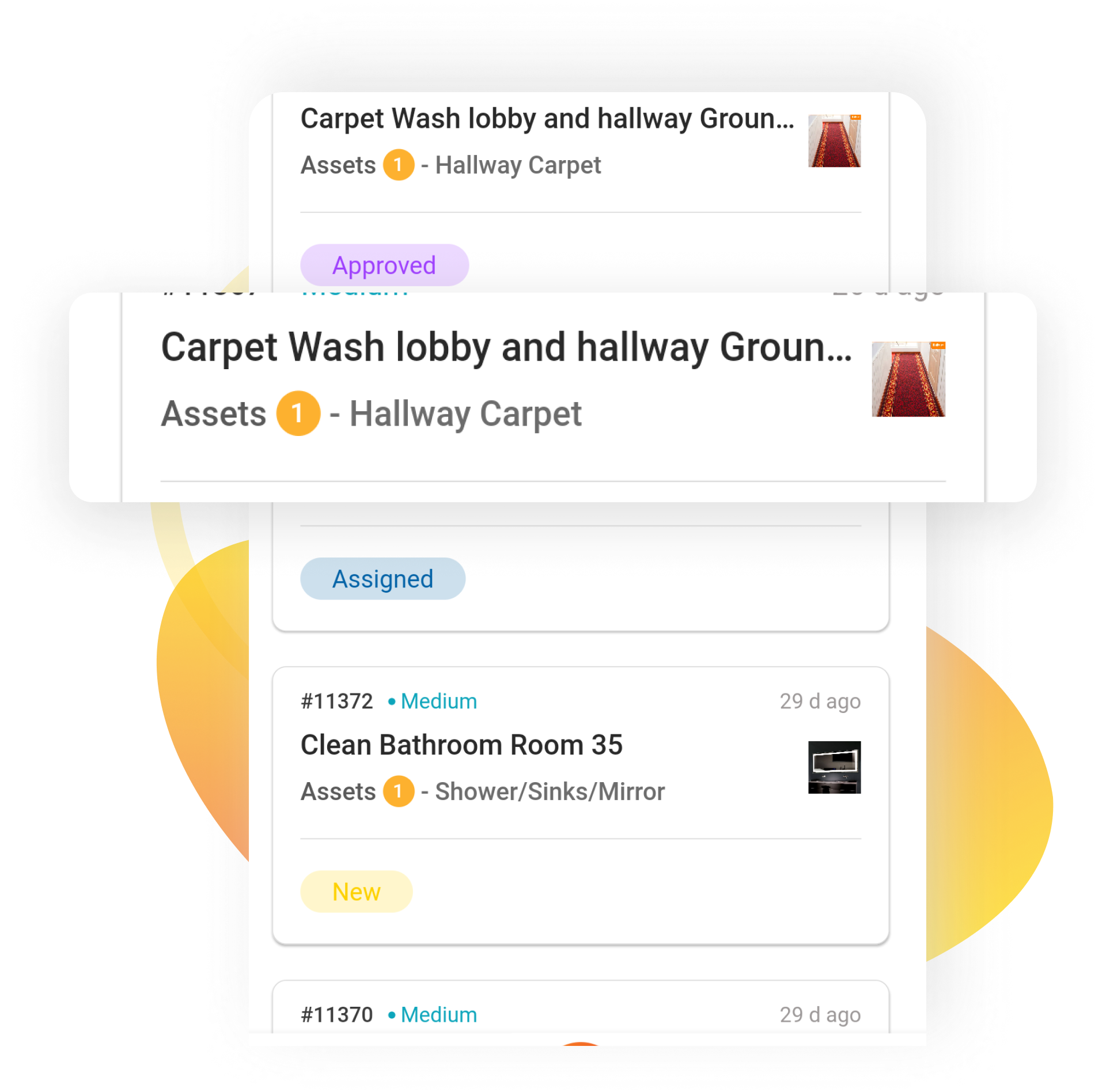
Setting up email notifications on Work Order updates ensure seamless and timely communication for and between supervisors and technicians.
Bar codes are associated to the assets and the parts during their creation or update, using the built-in barcode scanner.
Built-in Barcode Scanner allows the users to search for and associate the correct assets at the time of creating the work order. It allows the Technicians to search for and associate the correct parts at the time of executing the work order.
Tasks allow Supervisors to break down work involved within a Work Order into more organized, skill-based tasks where each task may be delegated to a different technician when required. Supervisor has the option to create and associate tasks to a Work Order manually or using checklists.
Checklists facilitate adding a predefined set of tasks to the work order for increased accuracy.
Tasks allow Supervisors to break down work involved within a Work Order into more organized,skill-based tasks where each task may be delegated to a different technician when required. Supervisor has the option to create and associate tasks to a Work Order manually or using checklists.
Checklists facilitate adding a predefined set of tasks to the work order for increased accuracy.
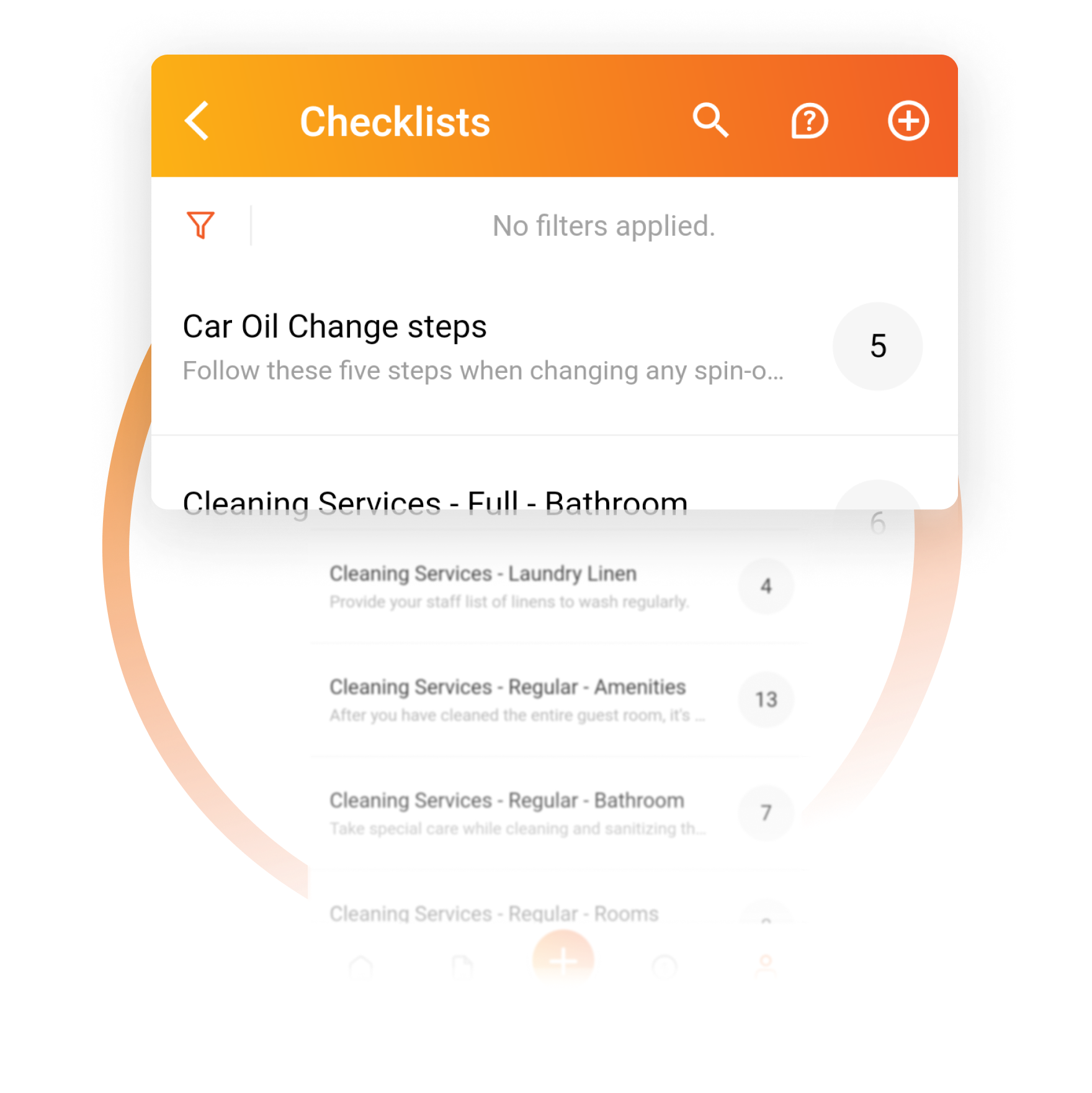
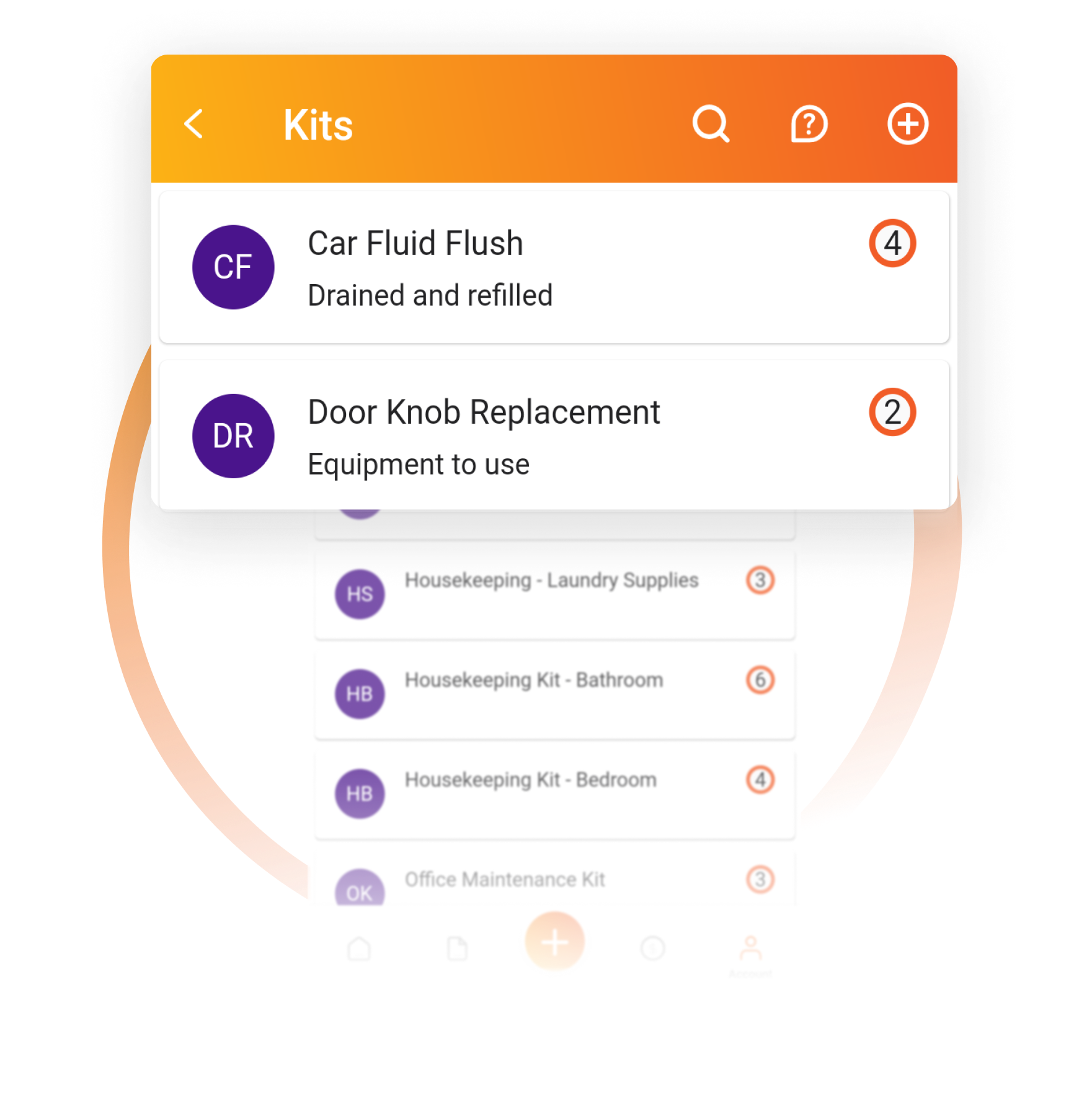
Parts help to maintain asset(s). Technicians can add parts to the work order using the search option or barcode
scanning of the item or using Kits. An outward transaction is created whenever a part is used or consumed in a Work Order.
When stock is running low or need new parts, in order to complete a work order, both Supervisors and technicians have
the ability to create Purchase requests to order parts on demand and associate to the Work Orders.
The respective purchase orders will then get associated to the Work Order automatically.
Technicians and Supervisors also have the option to create Purchase requests to order new parts individually. However, only supervisors have the ability to create purchase orders manually on demand.
To maintain accuracy, Kits help grouping specific parts along with quantities, to simply create or update work orders.
Work Type allow grouping work orders by specifying additional information relevant to your organization.
Crafts allow defining the type of work, providing a means of tracking and reporting the type of work your maintenance department completes.
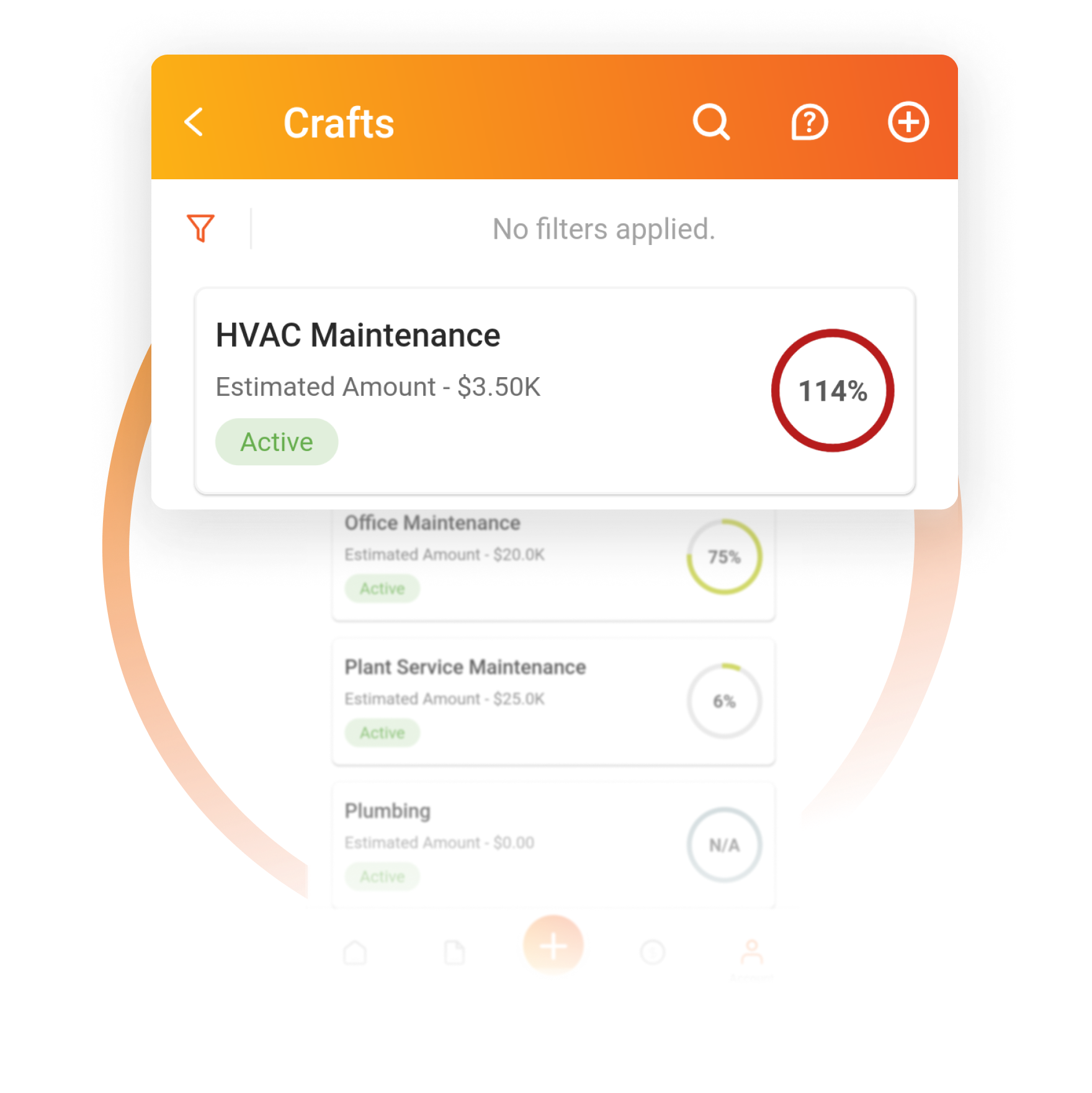
Associating a specific craft to a work order helps assigning the correct technician for the work order.
Associating a specific craft to a work order helps tracking and monitoring all the Work Orders that are submitted for a specific craft as a group.
Associating a specific craft to a work order helps in reporting on the type of work the maintenance department performs over a specific period.
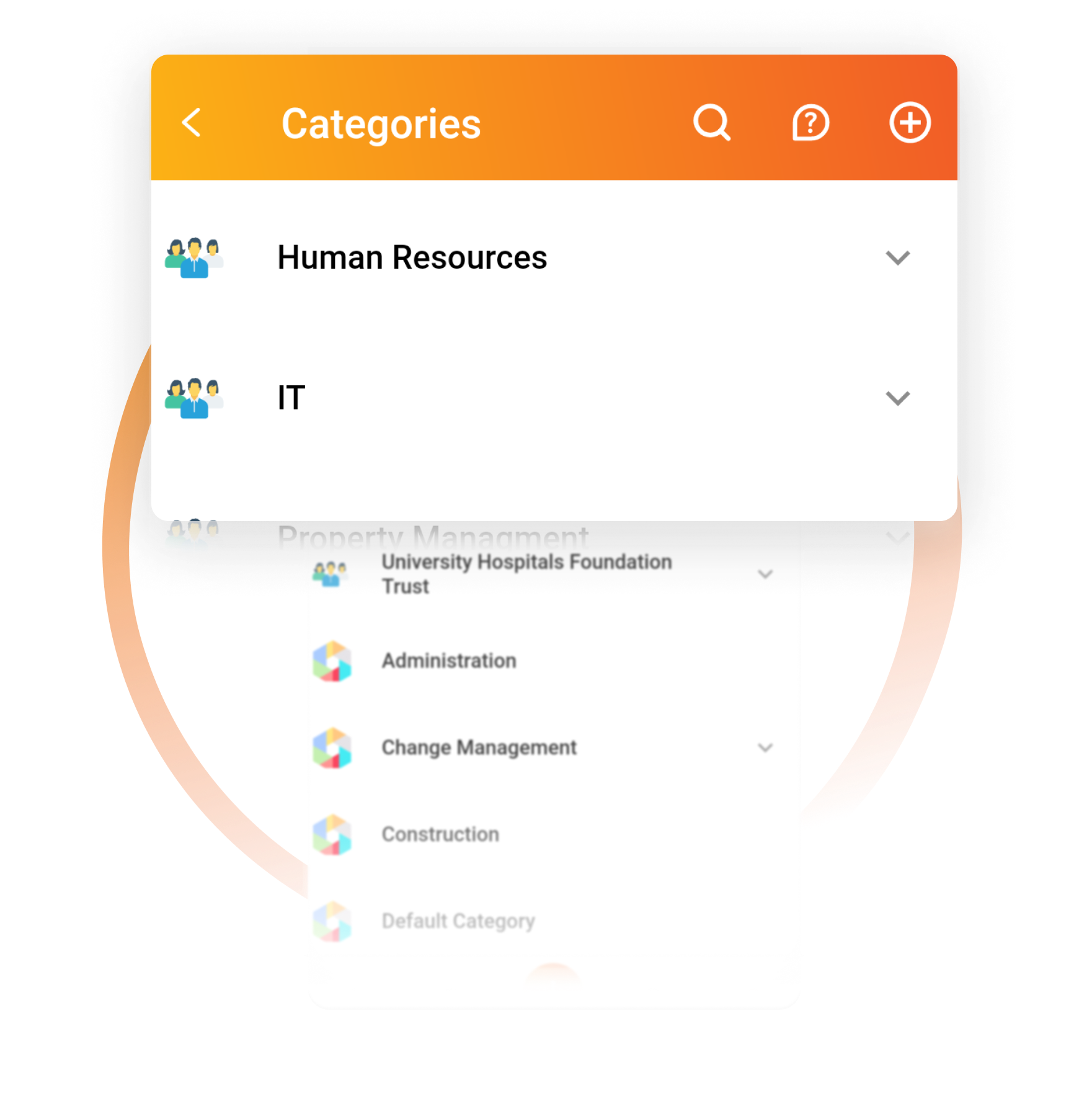
Categories allow to categorize work orders for reporting and analytics purposes. Classifications help to categorize the Work Order and provide a means of tracking, analyzing and reporting.
Work Types allow grouping work orders by specifying additional information relevant to your organization.
Specifying Category or Classification or Work Type in work orders help grouping them for easier review.
Specifying Category or Classification or Work Type in work orders help with tracking and analysis of similar work orders.
Specifying Category or Classification or Work Type in work orders help with reporting on the type of work orders that were processing over a specific period.
Supervisors may easily set estimated hours in a Work Order by reviewing the statistics of similar work orders completed previously. Budget allows to setup estimates for the current year or future years based on Classifications, Budgets, Crafts, Projects and Work Types.
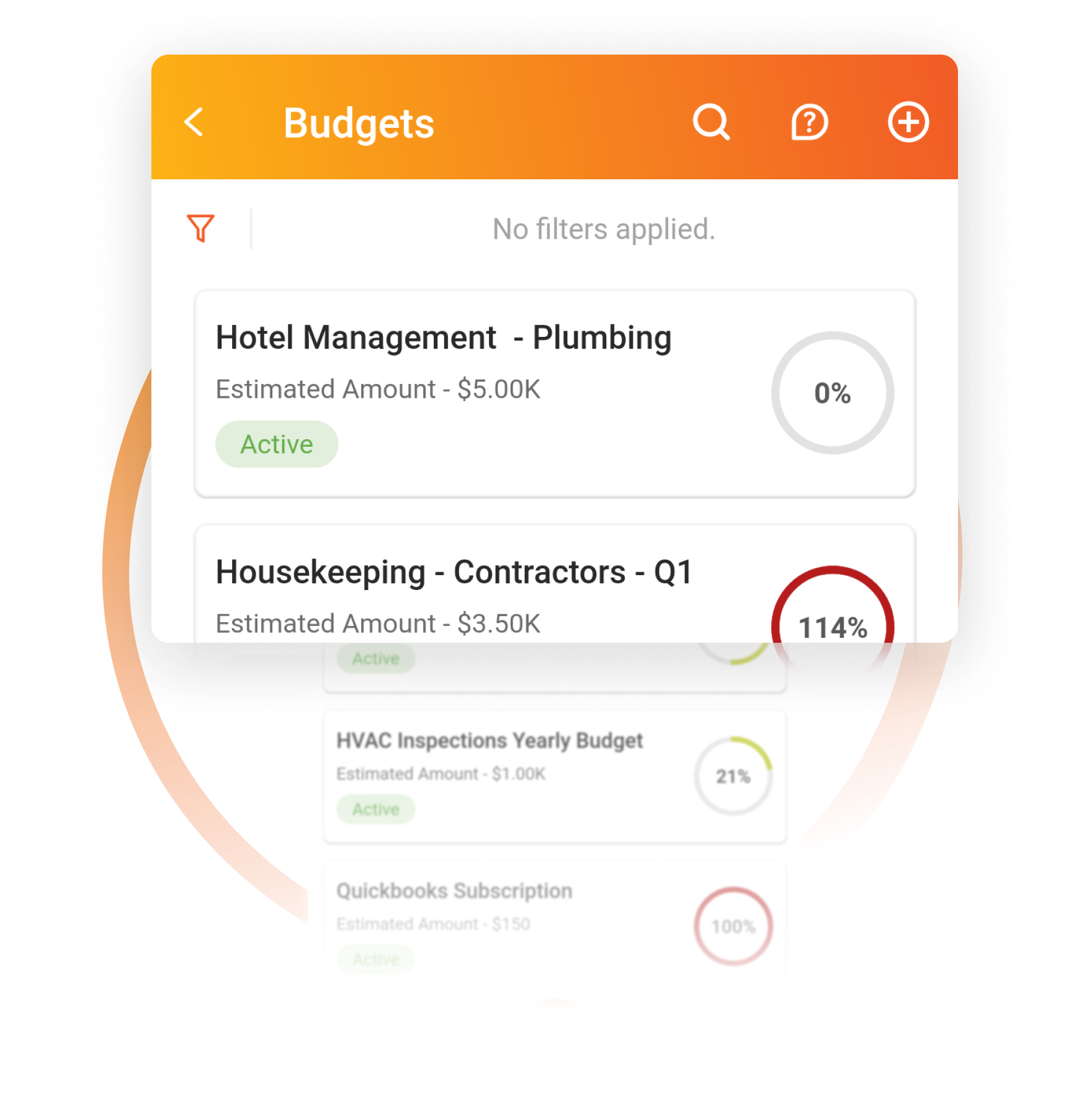
Budget records help to monitor transactions in a financial or fiscal period.
Budget records are created to track estimated, approved, and actual costs of maintenance.
Cost Estimates help the operations or facilities managers to secure required funding.
Role based access control ensures providing correct Work Order management experience distinguished by roles: End-user, End-User Manager, Administrator, Supervisor, and Technician.
Based on their respective role, users other than the Supervisors, have access to only minimal number of fields in the Work Order such as Work Order title, urgency, Asset to work on, Memo, Image and previous activities. Only the Supervisor role has Full Access to add Tasks, edit all different categorization fields, Estimated Hours field, Due Date field, Priority and Technician fields.
To provide a better perspective of the work, Supervisors and technicians have the option to add Images and Attachments to the Work Order.
Notes allow end users, supervisors and technicians to add pictures and detailed information on the work. Technicians may enter multiple notes on once their work is completed. Labor cost is calculated from the total time spent from all the notes entered by the technician. There is an option to add additional cost to the Work Order separately.
Signature feature allows supervisor to mandate the technician to sign the task upon completion.
Projects allow grouping multiple work orders under a common project.